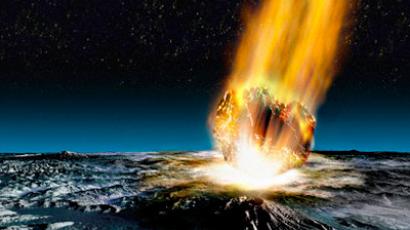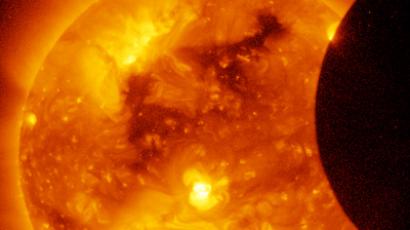Tail-blazers: Scientists reveal first images of sun's comet-like tail
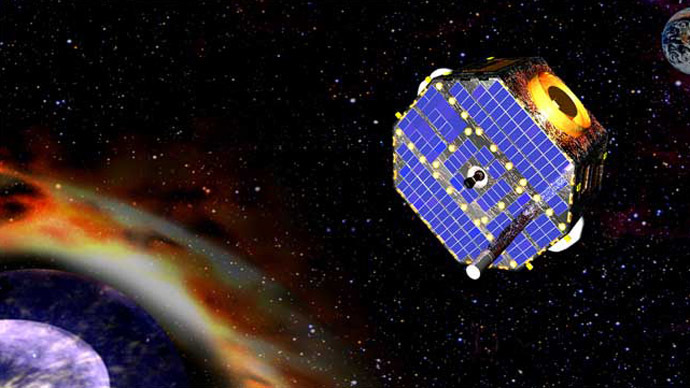
NASA has visualized the tail of the solar system - for the first time ever. Comets and stars commonly have tails, but the sun’s was hard to detect through telescopes since it doesn’t shine or reflect light.
The discovery was made using NASA's Interstellar Boundary
Explorer (IBEX), a $169 million spacecraft the size of a coffee
table that is studying the edge of the solar system.
The tail is clover-shaped and drags behind the bullet-shaped heliosphere - the bubble surrounding our solar system that's created by the solar wind and solar magnetic field.
Stars and comets have tails, which can be observed through a
telescope. However, detecting the tail produced by the sun has
proved very complicated.
“By examining the neutral atoms, IBEX made the first
observations of the heliotail. Many models have suggested the
heliotail might be like this or like that, but we’ve had no
observations. We always drew pictures where the tail of the
heliosphere just disappears off the page, since we couldn’t even
speculate about what it really looked like,” said David
McComas, lead author on the research and principal investigator
for IBEX at Southwest Research Institute in San Antonio, Texas.
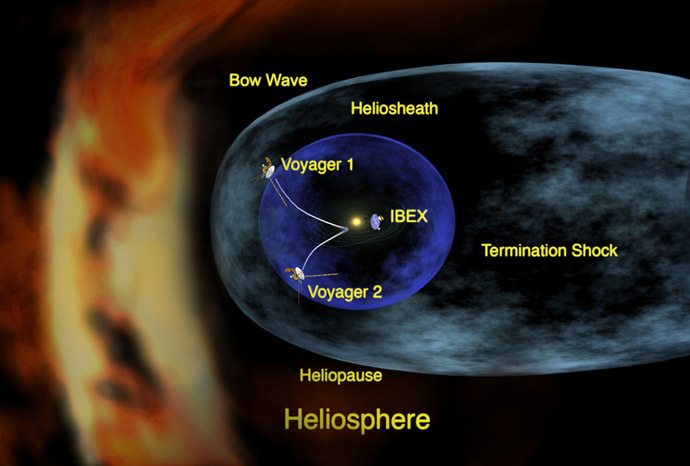
The scientists aren’t ready to estimate the precise length of the
tail, but say it’s no more than 1,000 times the distance from
Earth to the sun.
The technique developed by IBEX called energetic neutral atom
imaging, involves measuring neutral particles created by
collisions at the heliosphere’s boundaries. The neutral
particles’ trait is that they are not affected by the
heliosphere’s magnetic fields, and travel in a straight line.
And, officials underline, it’s hard to overestimate the breakthrough.
“IBEX scans the entire sky, so it has given us our first data
about what the tail of the heliosphere looks like, an important
part of understanding our place in and movement through the
galaxy,” Eric Christian, IBEX mission scientist at NASA’s
Goddard Space Flight Center in Greenbelt, Maryland, stressed to
journalists.
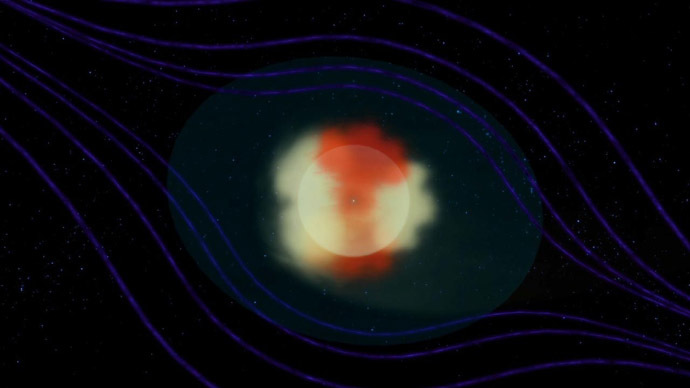
Brenda Dingus of the Los Alamos National Laboratory told the
press that these findings would help in studying other parts of
the galaxy, like cosmic rays. The imagery could also be used to
assist in the projects being carried out by Voyager 1 and Voyager
2.
"These two missions are incredible complementary. IBEX is like
an MRI -- you take an image of the whole body to see what's going
on -- and the Voyagers’ are like biopsies."













